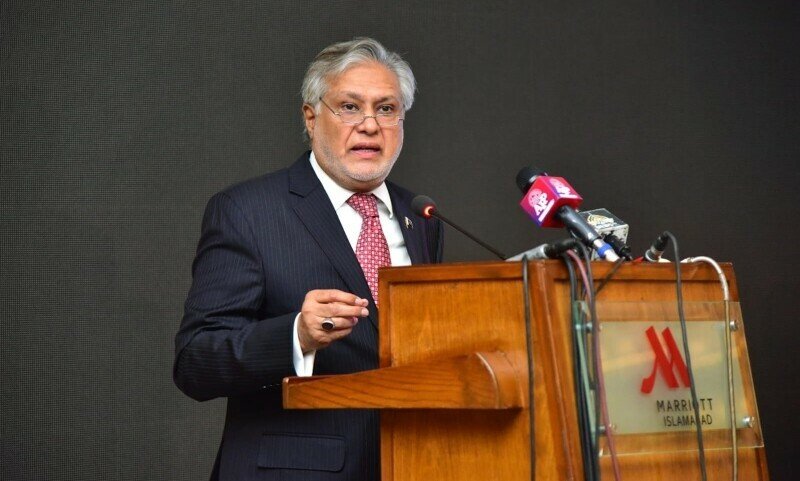Pakistan’s Economic Journey: From Crisis to Progress
During a special address at a Pakistan Business Council event, Deputy Prime Minister Ishaq Dar reaffirmed that Pakistan’s economy is regaining strength, despite past difficulties.
Dar reflected on 2013’s challenges, where the country faced:
⚡ Unprecedented load shedding
🔫 Terrorism on the rise
📉 A weak financial system on the verge of collapse
With the “Three Es” strategy—Economy, Extremism, and Electricity, Pakistan jumped to the 24th largest economy within three years, recording high foreign reserves and controlled inflation.
Post-2018 Economic Decline & Debt Concerns
Following 2018, Pakistan slipped to 47th place in global economic rankings due to policy missteps, leading to:
💰 Rising inflation
📊 Increasing external debt ($130 billion by 2023)
🔻 Declining investor confidence
However, Dar remains confident in Pakistan’s ability to rebound, citing abundant mineral and hydrocarbon resources as key assets.
Government’s Strategy: Privatization & Business Sector Involvement
To restore economic stability, Pakistan is focusing on:
🏢 Selling off 24 state-owned enterprises (SOEs)
✈️ Privatizing major airports
🇵🇰 Encouraging private sector participation in PIA’s restructuring
With these reforms, Dar believes Pakistan’s economy will once again thrive, urging local businesses to take an active role in economic development.
